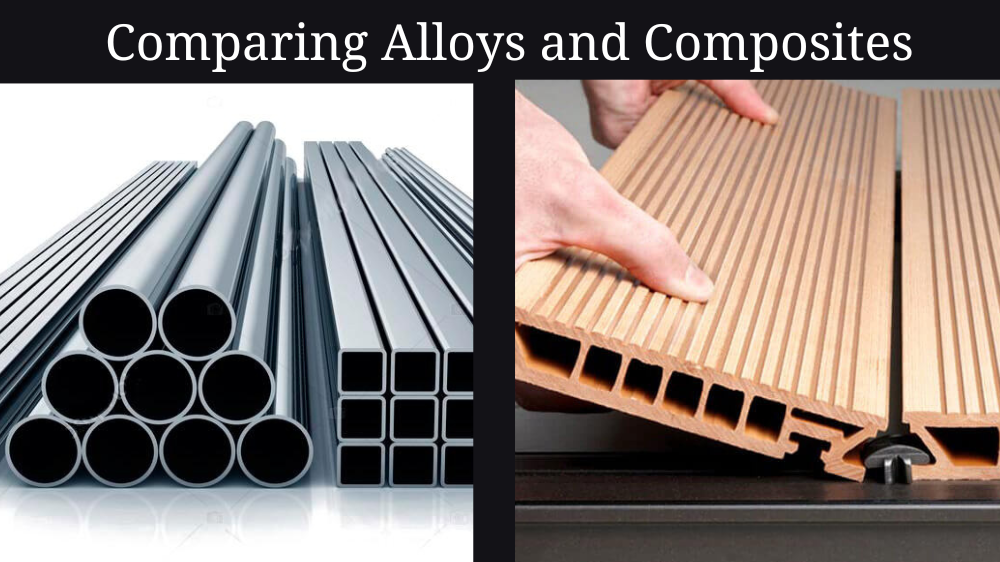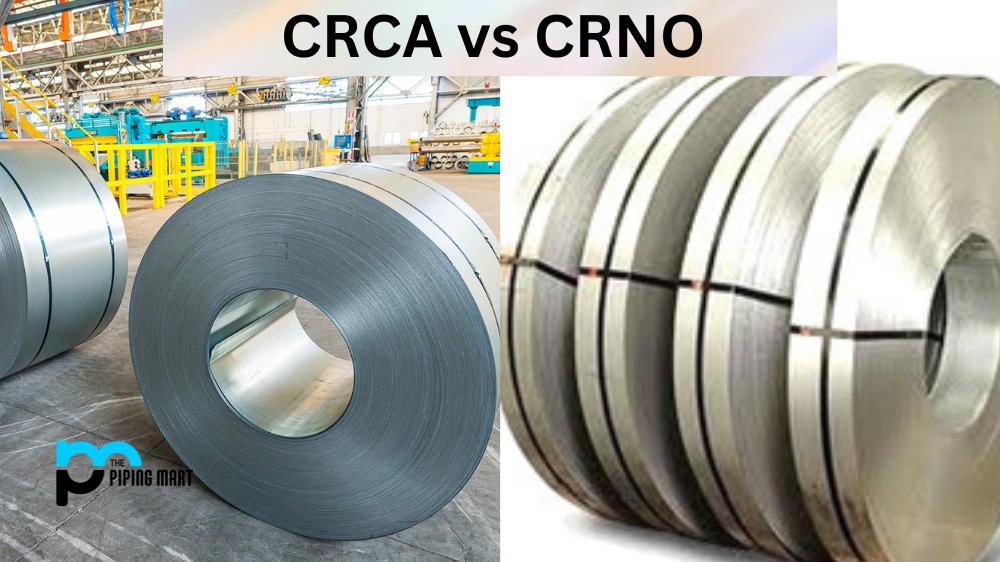When it comes to materials, there are two major categories that you should know about: alloys and composites. While both are made up of combinations of different substances, they have distinct differences that make them unique. Let’s take a look at the key differences between alloys and composites.
Alloys vs. Composites
The main difference between an alloy and a composite is that an alloy combines two or more elements in a single substance. In contrast, a composite combines two or more substances into one material. For example, steel is an alloy composed of iron and carbon. On the other hand, fiberglass is a composite that combines glass fibers with resin to form a strong material.
Types of Alloys
In general, alloys are created by melting two or more metals together to create something new. Some common alloys include brass (copper and zinc), bronze (copper and tin), and pewter (tin, copper, and antimony). Each alloy has characteristics based on the combination of elements used to create it. For instance, brass is noted for its strength, while bronze is known for its durability and resistance to corrosion.
Types of Composites
Composites can be made from any combination of two or more materials as long as they can be fused into one cohesive fabric. Common examples include fiberglass (glass fibers + resin) and concrete (cement + gravel + sand). Other examples include carbon-fiber-reinforced plastic (plastic + carbon fibers) and wood-plastic composite (wood particles + plastic). The properties of each composite depend on the combination used to create it—for example, concrete has great compressive strength, while carbon-fiber-reinforced plastic has excellent tensile strength.
Difference Between Alloys and Composites
- Alloys are mixtures of two or more metals, while composites are mixtures of two or more materials.
- Alloys are typically stronger than the individual metals that make them up, while composites generally are weaker than the individual materials that make them up.
- Alloys can be created through various methods, including casting and powder metallurgy, while composites can be made through multiple methods, including lamination and molding.
- Alloys are typically less expensive to produce than composites, while composites generally are more expensive than alloys.
- Alloys are typically heavier than composites, while composites generally are lighter than alloys.
- Alloys are often used in applications where strength is important, while composites are often used in applications where weight is important.
- Alloys can be recycled, while composites cannot be recycled.
- Alloys can corrode, while composites cannot rust.
Conclusion:
When deciding which material to use for your next project or product design, it’s important to understand the key differences between alloys and composites to choose the right option for your needs. Alloys are made up of two or more elements melted together. At the same time, composites combine two or more substances into one material—each with its characteristics based on the components used in their creation. Whether you opt for an alloy or a composite depends entirely on your specific application requirements—so be sure to research before making your decision!

Abhishek is a seasoned blogger and industry expert, sharing his insights and knowledge on various topics. With his research, Abhishek offers valuable insights and tips for professionals and enthusiasts. Follow him for expert advice on the latest trends and developments in the metal industry.




